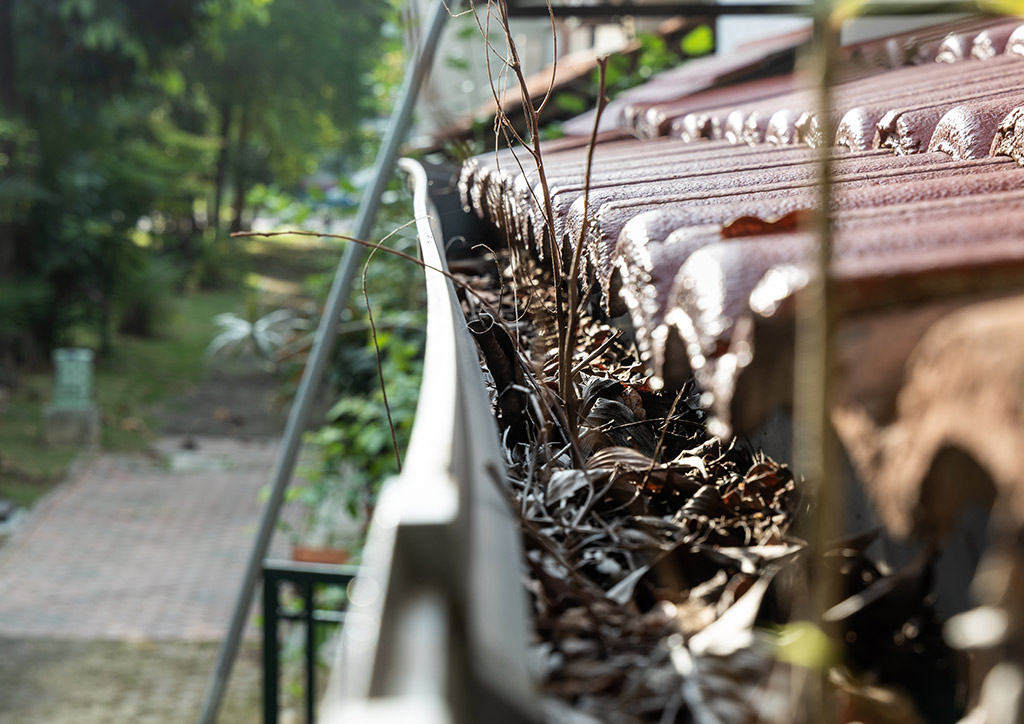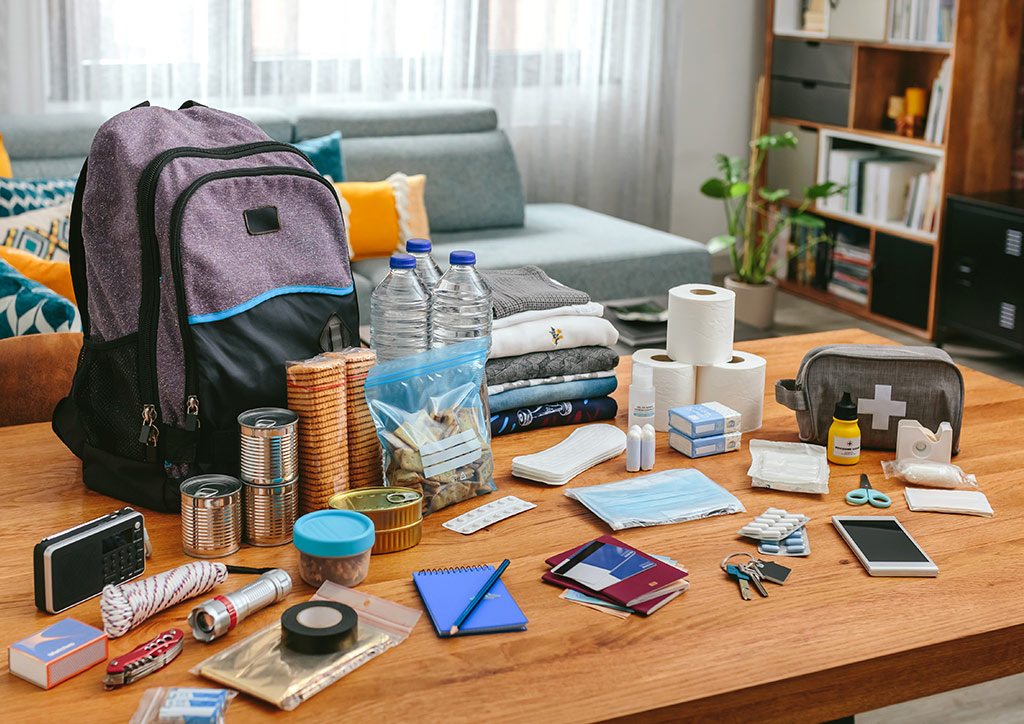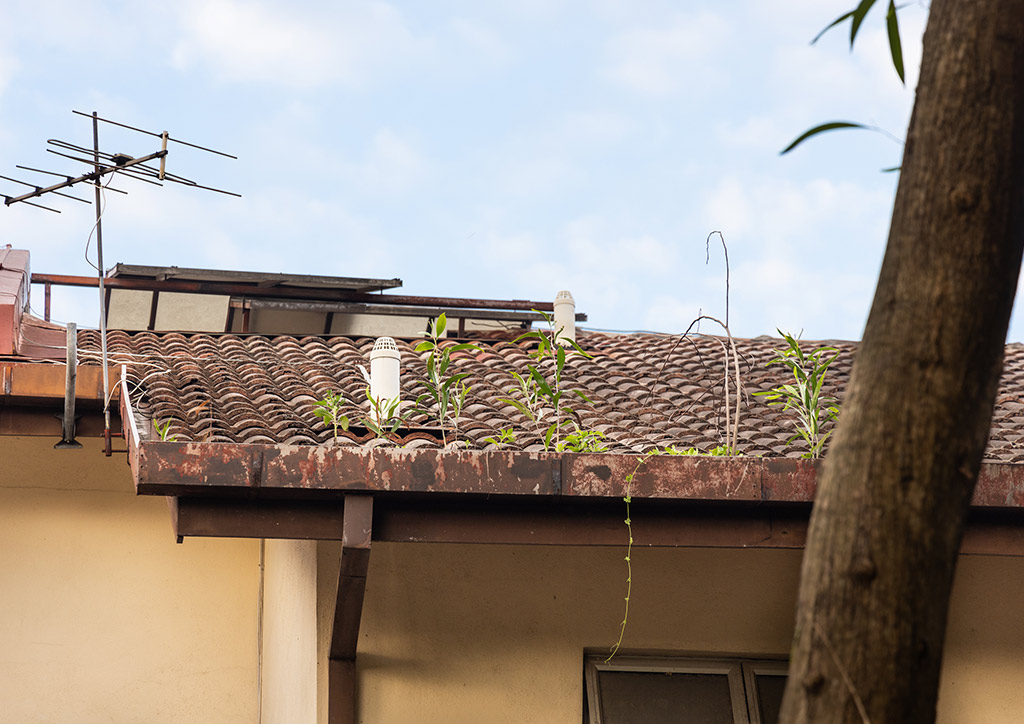Modern Homemakers
How To Protect The House and Family From Typhoons
Although we can’t wish the rain away, we can take additional steps to deal with typhoons to protect our families.
“May bagyo ba ngayon?” — is a question we Filipinos always ask because of the number of times the Philippines gets hit by a typhoon. During the typhoon season, it’s better to prepare the house to withstand the howling winds and pouring rain. It’ll take some modifications but at least the family and house will survive and stay safe.

Clean your gutters!
The common culprit of flooding in a house is the gutters that are clogged with leaves and branches. If not unclogged, the material holding the roof will erode and wear away, which leads to leaks. In case cleaning won’t do, bore some holes into the pipes that lead to the drainage so that the water can go back to the ground.
DIY Rain Collectors
Even typhoons can cut off a family’s supply of water. A lot of people think that rainwater is useless because it’s not potable. But building a rain collector out of unused water drums, trash bins, bathtubs, and even inflatable pools can help sustain certain processes in the house. The water collected can be used for flushing the toilet, washing the car, watering indoor plants, and maybe even laundry. Filters can easily be bought off Shopee or Lazada.
Give the trees a bit of a trim.
Most house damage comes from trees tipping over. While we did have our plantita/ plantito phase during the pandemic, part of caring for the plant is making sure they stay short enough to not clog the gutters. There’s no need to cut the entire tree down. Just a little trim here and there because older trees need a permit from the DENR to be cut down.
Store up some soup in the fridge.
Chances are, going out to the supermarket might be a bit difficult so it’ll also be difficult to get some food deliveries in. Veggie soups are quite helpful in making sure kids get all the nutrients they need to keep their immune systems strong. Garlic, ginger, and pepper are herbs often known to generate heat in cold weather and are highly medicinal. Chicken, too, makes pretty good soup.

Rehearse the kids on what to do in a brownout.
With brownouts happening because of the typhoons, kids and teens are probably going to throw the greatest fits since their computers will be down. Some families have generators while others have several flashlights to keep things going. Best to rehearse them on what to do and always have a rechargeable flashlight in each of their rooms. This way, they don’t get lost or bump into anything.
Have one phone that can use data.
Once the power is cut, so is the internet. To stay updated, always have one phone that has unlimited data so that there’s a way to stay connected with the Local Government Units (LGUs) or PAG-ASA to know where the damaged power lines are from. They most likely will be posting on their social media pages updates about the power and when it’ll return.
Move some of the furniture upstairs
Some families have houses at the bottom of a hill and are thus, famous for getting flooded during typhoon season. Areas like Marikina and Bulacan are known for flooding due to the water rushing downward and being near a river. Since water destroys wooden furniture, it might be best to move some of them upstairs.

Typhoons may be scary for many of our families but they’ll pass.
Many families are not so lucky to have a house or townhouse standing on a hill to avoid floods during typhoon season. But these measures can at least lower the chances of the houses flooding or losing much of our belongings. Once the house is safeguarded, we can then stay with our kids and fur babies. They might be scared of all the thunder booming and lightning flashing in the sky.
More about rainy season and typhoons:
5 Ways To Keep Kids Healthy During the Rainy Season
10 Fun Rainy Day Activities Kids Will Love
Comfort Food For Rainy Weather





